“I like being right inside the box and closing it and using my imagination in there.”
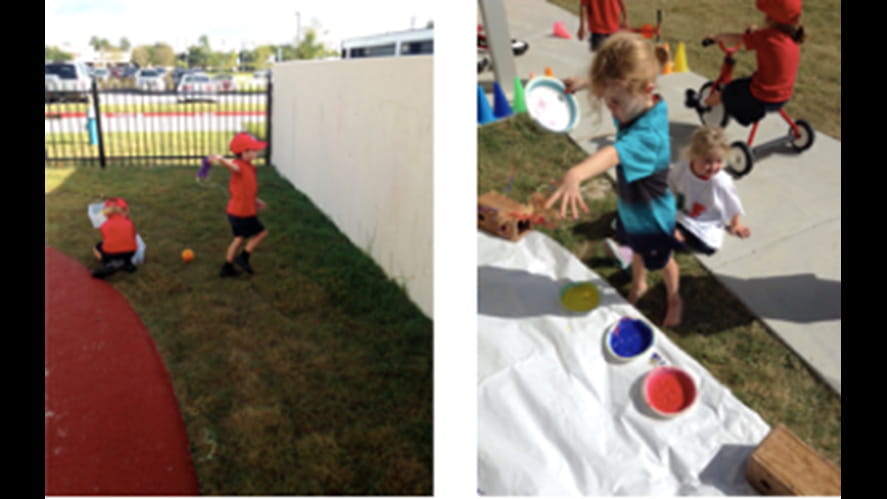
“I like being right inside the box and closing it and using my imagination in there.”

“I like being right inside the box and closing it and using my imagination in there.”
It is such a privilege for us to spend our days with your amazing children. We spend much time sensitively observing, listening, taking notes, and photographing learning as well as interacting and supporting the children. Our observations are used to support and extend the play as we plan and resource a challenging environment to cater for the different needs of the children. Being able to observe the children at play is an absolute gift. To be able to listen, see, and interpret the children actions, thoughts, and logic of investigation and construction of knowledge. It helps us to learn the art of being and talking with them, to understand better the processes and procedures they choose for developing personal relationships and acquiring knowledge.
One tool that helps us to think more deeply about children’s actions and interactions is the concept of schemas. Schemas are described as patterns of repeated behaviour which allow children to explore and express developing ideas and thoughts through their play and exploration. The repetitive actions of schematic play allow children to construct meaning in what they are doing. It’s like the urges that children have to do things like climb, throw things and hide in small places. Schemas are natural, uncontrollable and totally necessary urges that all children have, but each child is different.
Here is an example from this week.
Some children have revealed to us the urge to throw, drop and other actions that are all part of the Trajectory schema. Some other Trajectory actions are things like climbing up and jumping off (Trajectory of one’s own body), putting your hand under running water (interacting with things that are already moving) and the classic, throwing and dropping (making it happen). It can be diagonal, vertical or horizontal.
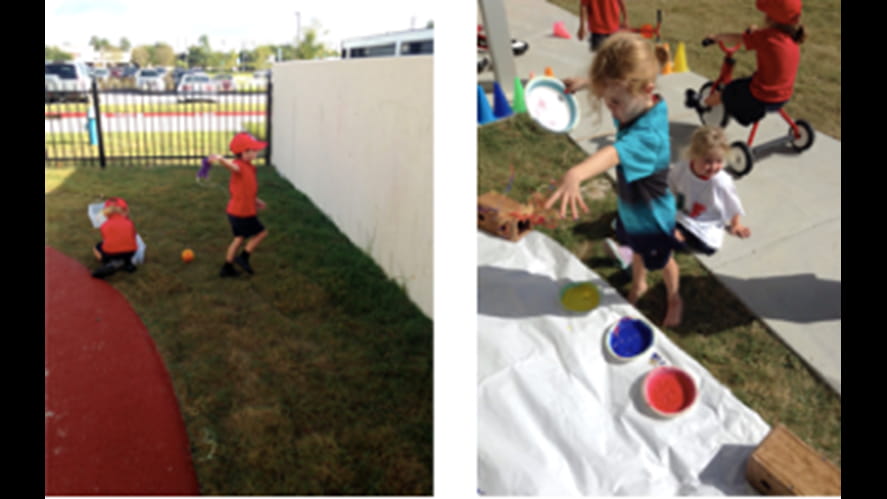
By knowing about these schemas we can recognise and support children’s urges and development. We provided balls, paper to make aeroplanes and other objects that are appropriate to throw outside. A sensory art experience was set up where children could throw painty spaghetti at paper to create works of art. Experiences like these allow for the children to continue to explore their schema but in a positive and safe way. Sometimes the schema will come through as what might be considered as inappropriate behaviour such as throwing objects in enclosed spaces or climbing on the table. When we observe the behaviour and recognise the urge, we are able to redirect it, your child will be happy to throw something outside where it is okay, or climb a tree instead! It’s not about the action, it’s about the urge. If the action is dangerous, harmful or inappropriate then find a more suitable outlet for the urge. That way the energy seeking expression (the urge) can fulfill its role in your child's development, and in an acceptable way.
Some other common schemas are:
Orientation
The urge to hang upside down, get the view from under the table or on top of the dresser and other actions that are part of the Orientation schema.
In order to 'know' what it is like to hang upside down or see things from a different point of view you must take yourself into those positions.
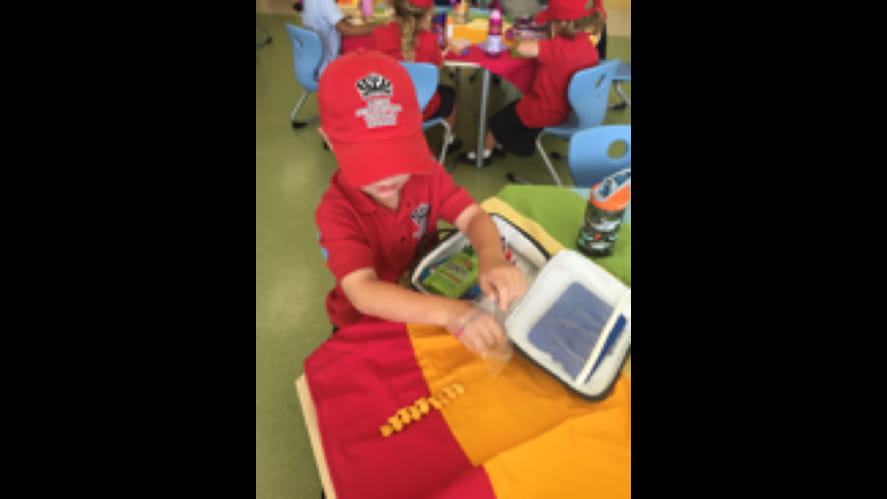
Positioning
Do you find yourself Positioning things neatly into alignment on your desk, ordering the books on the self, getting creative when you plate the dinner or even just tidying-up. Perhaps you see your child lining up their cars, making sure the whale is next to the cow, or turning all the cups upside down?
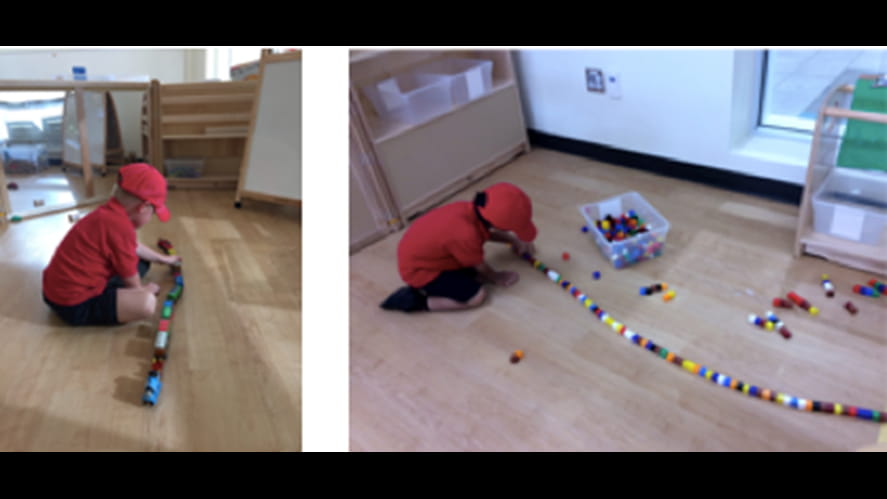
Connection
Joining train tracks, clicking together pieces of lego, running a string from one thing to another... the urge of Connection.
This can mean connecting and disconnecting too, building followed by destruction, and that can mean other peoples buildings and sandcastles get destructed when the urge gets hold.
Enclosure/Container
The urge to fill up cups with water, climb into cardboard boxes or kitchen draws, build fences for the animals or to put all the animals inside the circular train track, it is the Enclosure/Container schema.
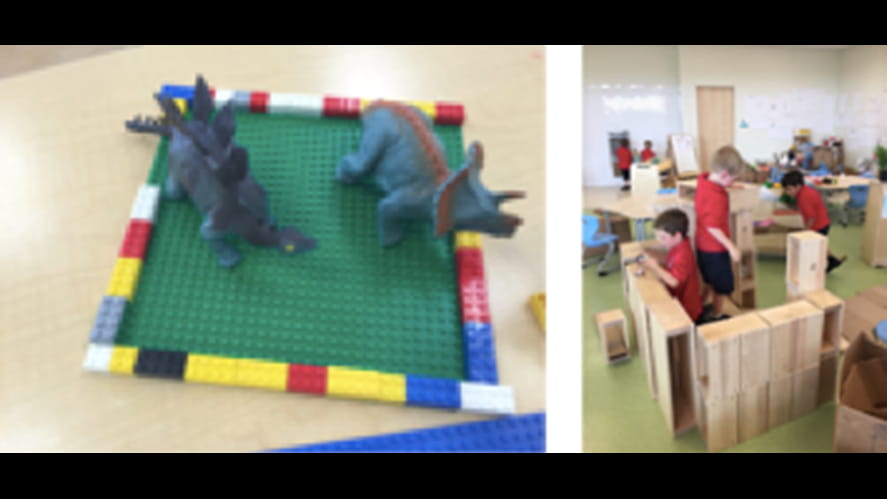
Transporting
Transporting can be the urge to carry many things on your hands at one time, in jars, in buckets and baskets, or even better containers with wheels.

Enveloping
To have a sheet over your head, wrapping things in fabrics or with tape and paper - all actions seen in the Enveloping schema. An extension of this is peek-a-boo, now you see it now you don't, a concept that just keeps on amusing.
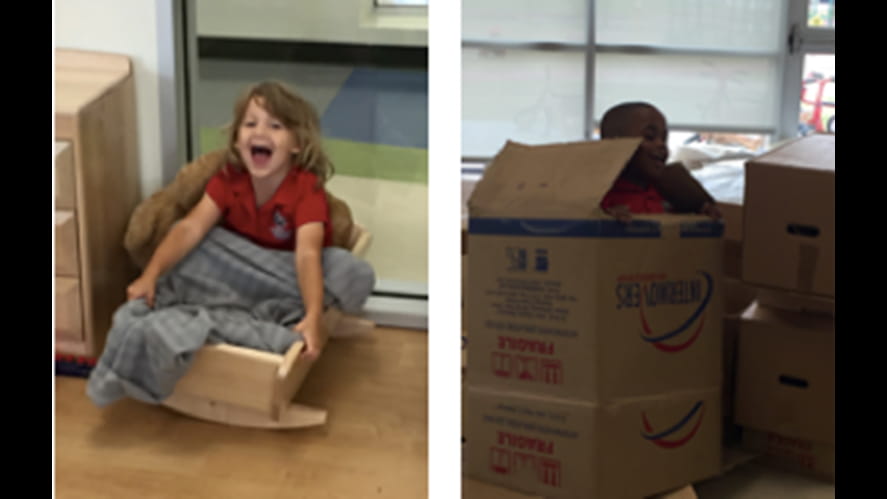
Rotation
Anything that goes around anything that is circular - wheels, turning lids, watching the washing machine on spin cycle, drawing circles, spinning around on the spot, being swung around. These are all experiences of the Rotation schema.
Transformation
The urge to Transform can come in many forms; holding all your food in your mouth for a long time to see what it turns into, mixing your juice with your fish pie, water with dirt, or helping Granny with mixing the bread dough.
Its only natural that once you have explored and learnt about a raw material you should want to do further testing... there is a scientist and a chef in everyone.
Once you begin to spot schemas it becomes so fascinating. I wonder what schemas you have noticed in your children?
- Clair Wain, Director of Early Years